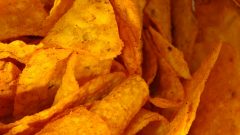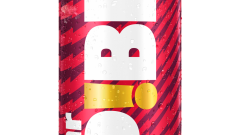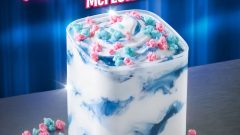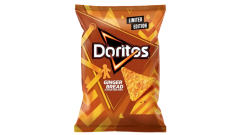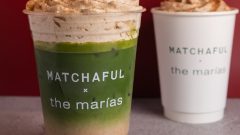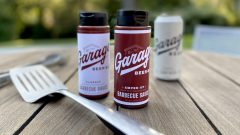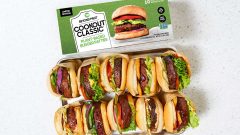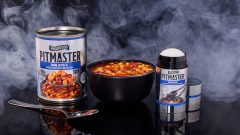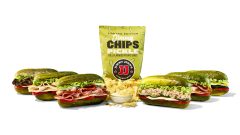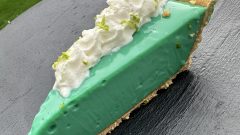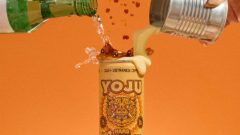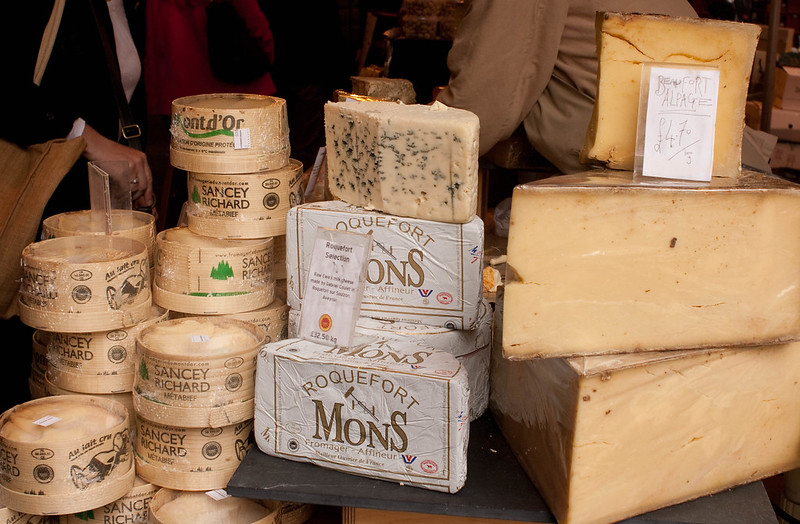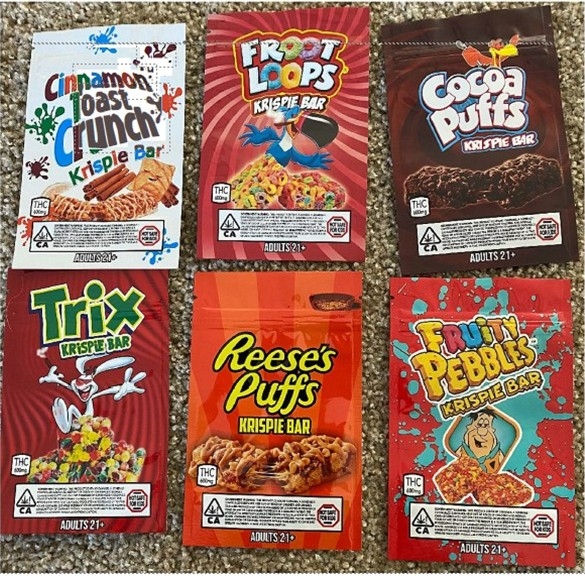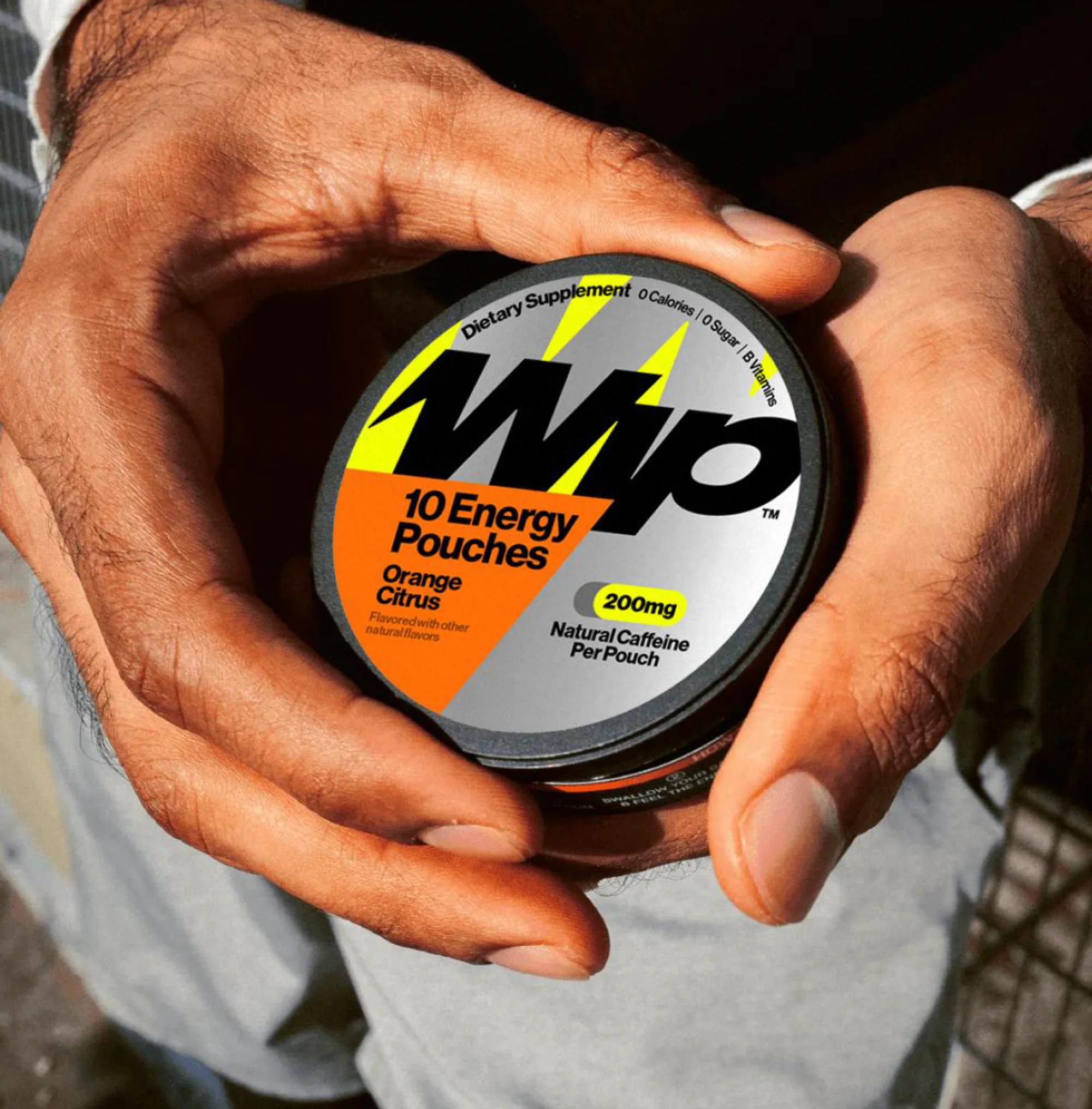From Pinkberry to Yogurtland: A Breakdown of Chemicals Found in Frozen Yogurt [VIDEO]
Here I was, thinking frozen yogurt was good for me, a light treat that was both virtuous and conveniently healthy. Turns out, I’ve been living a lie for the past five years.
“It’s not an alternative to yogurt, it’s an alternative to ice cream,” says David Katz, a doctor and founding director of the Yale University Prevention Research Center. “The fact that there’s yogurt in the name in no way exonerates what’s in your cup.” Great. Just great.
According to the report by Huffpo’s Unreal Eats, many frozen yogurt brands have tons of added sugar and delicious sounding (not) additives like maltodextrin, sodium citrate, cellulose gum, and disodium phosphate. Because nothing says delicious like a heavy dose of chemical stabilizers. Or beaver butts, apparently. Yeah, that “natural flavor” in your white chocolate raspberry, graham cracker, and chocolate sauce creation? It’s found in nature alright, but castoreum, often used for berry flavorings, is an extract from beaver perineal glands.
Watch the full breakdown of the chemicals your favorite frozen yogurt chains are packing:
So, um, I’ll be over here, drowning my tears in some equally “healthy” ice cream I just pulled from the freezer. And don’t you dare ask me if I want to go to Pinkberry to make it better.
H/T Huff Po

